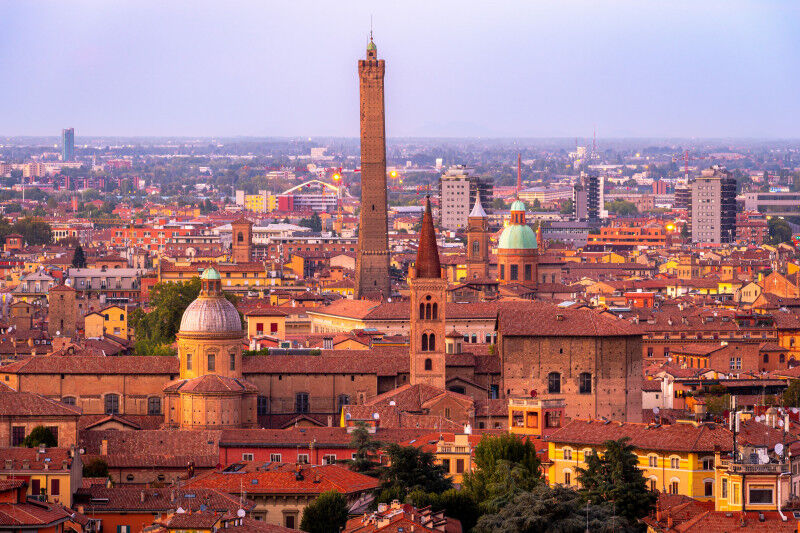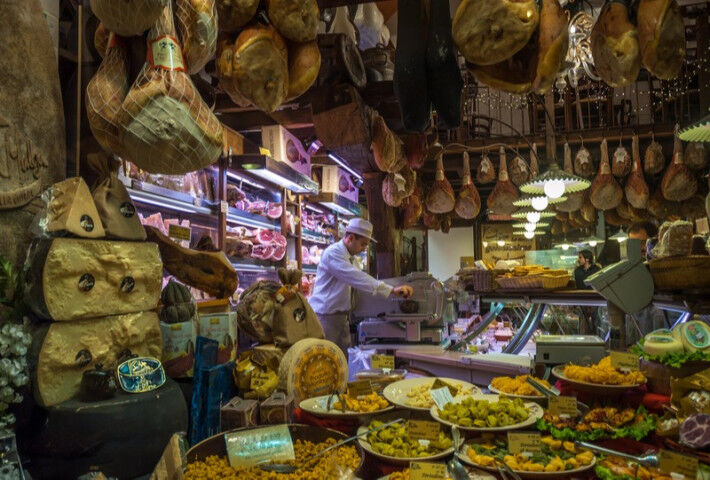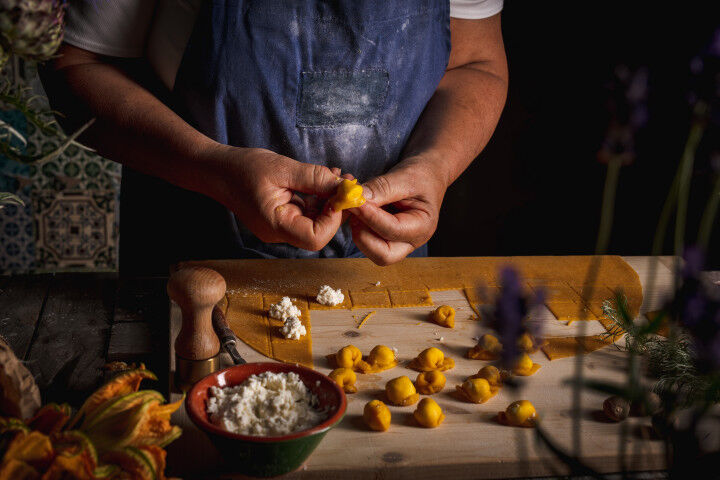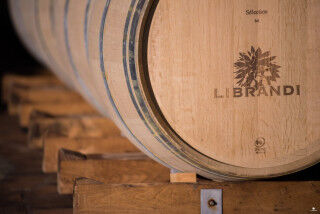Emilia-Romagna Food and Wines Guide
What food comes from Emilia-Romagna?
Zootechnics is the common thread linking the two Italian areas of Romagna and Emilia - we often think of them as being one single area, but in actuality, they are two distinct geographic zones commonly associated with societal civilization, fertile terrain, and a virtual explosion of regional agricultural specialities. Pork products reign supreme in Emilia-Romagna, whereas Romagna pays more mind to sheep.
What foods is Emilia-Romagna known for?
A direct result of centuries worth of culinary history and reputation-building, today’s primary gourmet products are commonly associated with Parmigiano Reggiano cheese, Mortadella (cured meat), Parma ham, and Culatello - all of these fabulous products are clear representations of the area’s dominance in the world of Italian gourmet products. The list of specialty items doesn’t stop here, however. Also making an appearance are Coppa Piacentina, Salami with Garlic from Ferrara, Piadine Romagnole, Squacquerone and Raviggiolo cheese, Balsamic Vinegar from Modena and Reggio Emilia, eel and fresh fish from the Adriatic Sea.
Emilia-Romagna has a clearly defined, and easy-to-prove reputation as being one of the planet’s most delicious areas, thanks to its firm credo of “being well at the table,” and the clear appreciation of food and wine’s innate pleasures. The gourmet treats born locally are shining examples of the people of Emilia-Romagna: humble, hard-working, and exuberant, particularly as you head in the direction of the Riviera Romagnola, yet at the same time, always polite, serious, and enthusiastic.
More so than just about any other Italian locale, the concepts of typicality and tradition, of the union between ancient and modern times, unite seamlessly. Why would this be? Because locally, food and wine are truly felt and lived as a cultural experience, a genuine lifestyle and image of the self.





